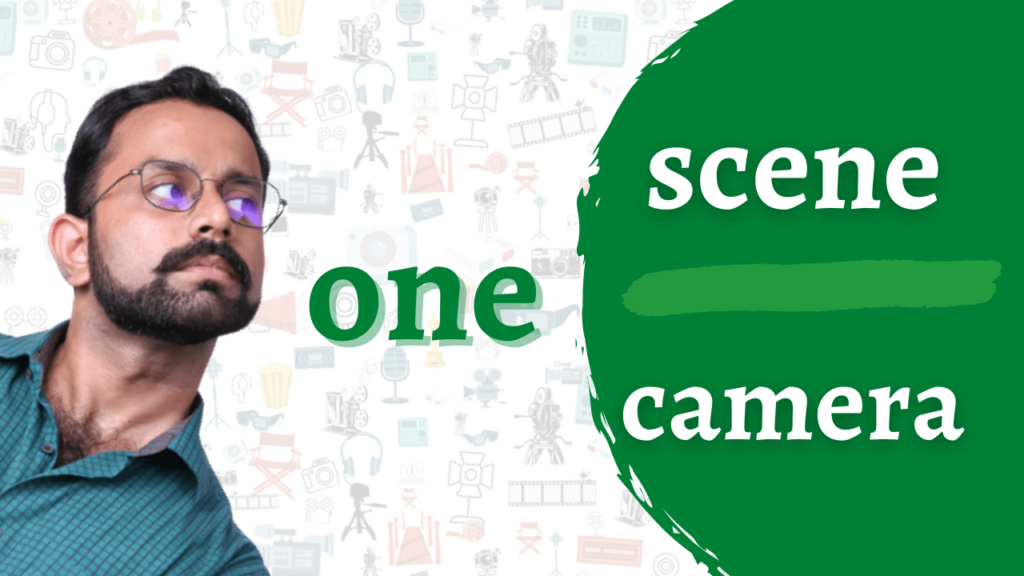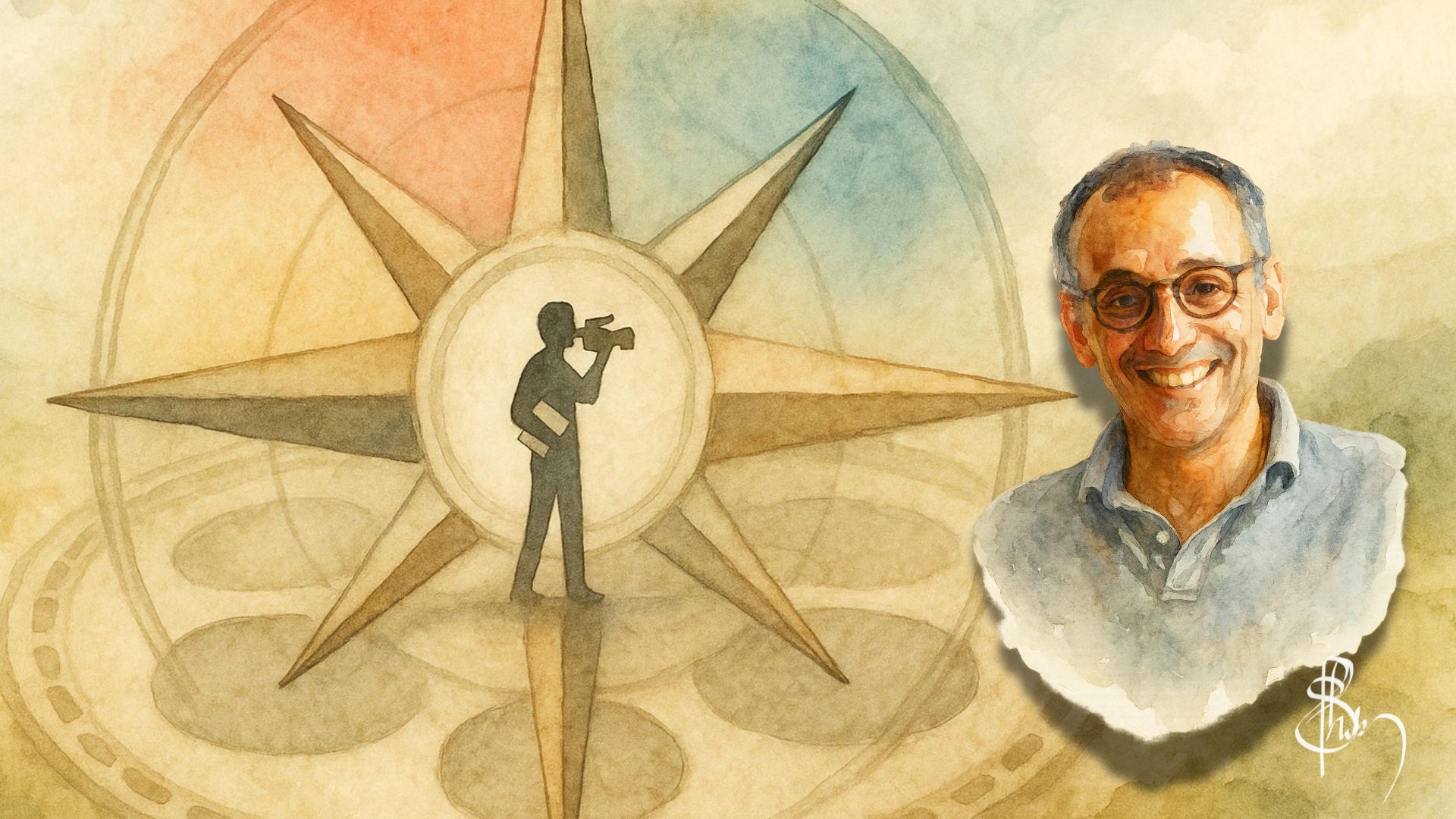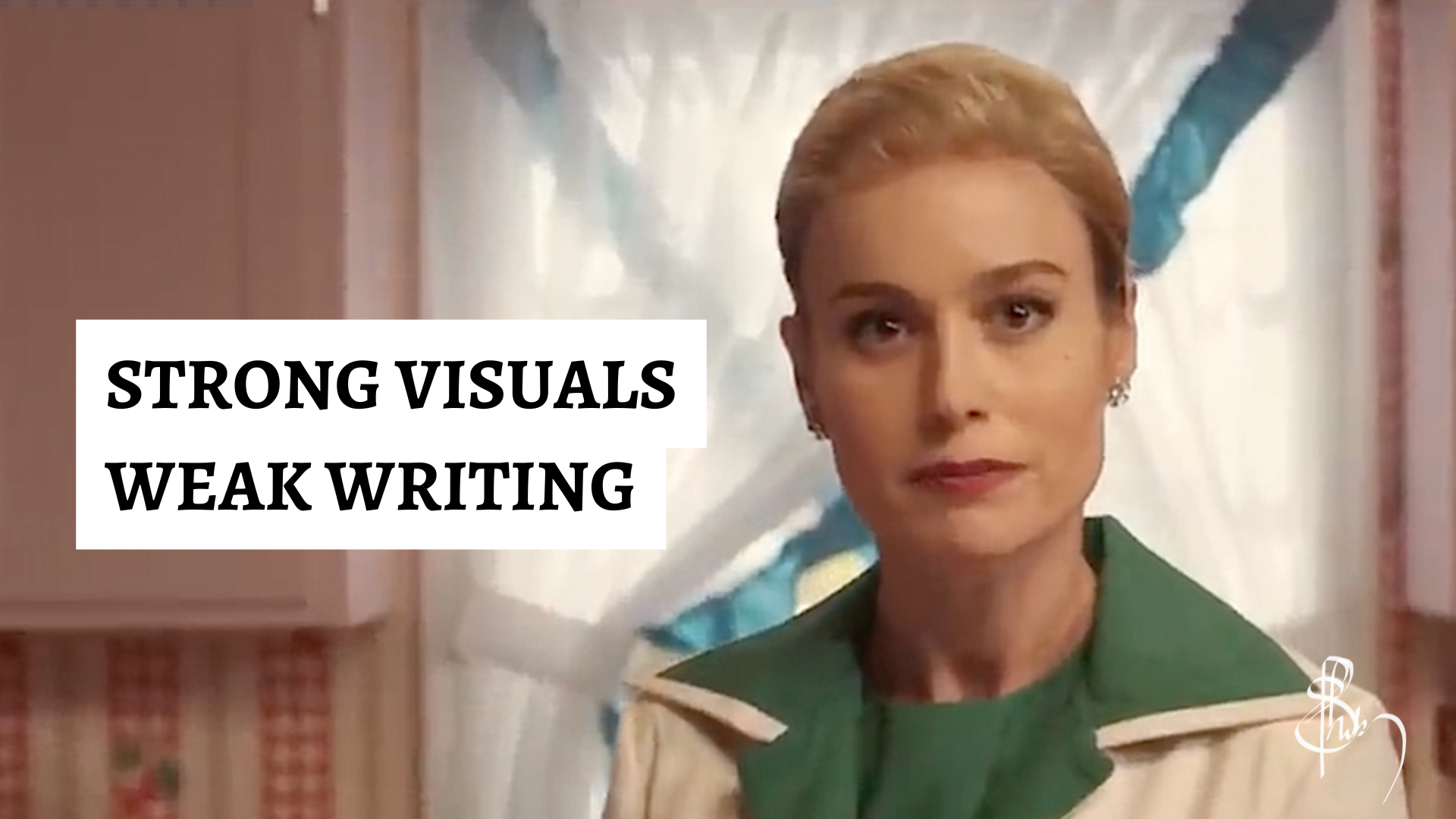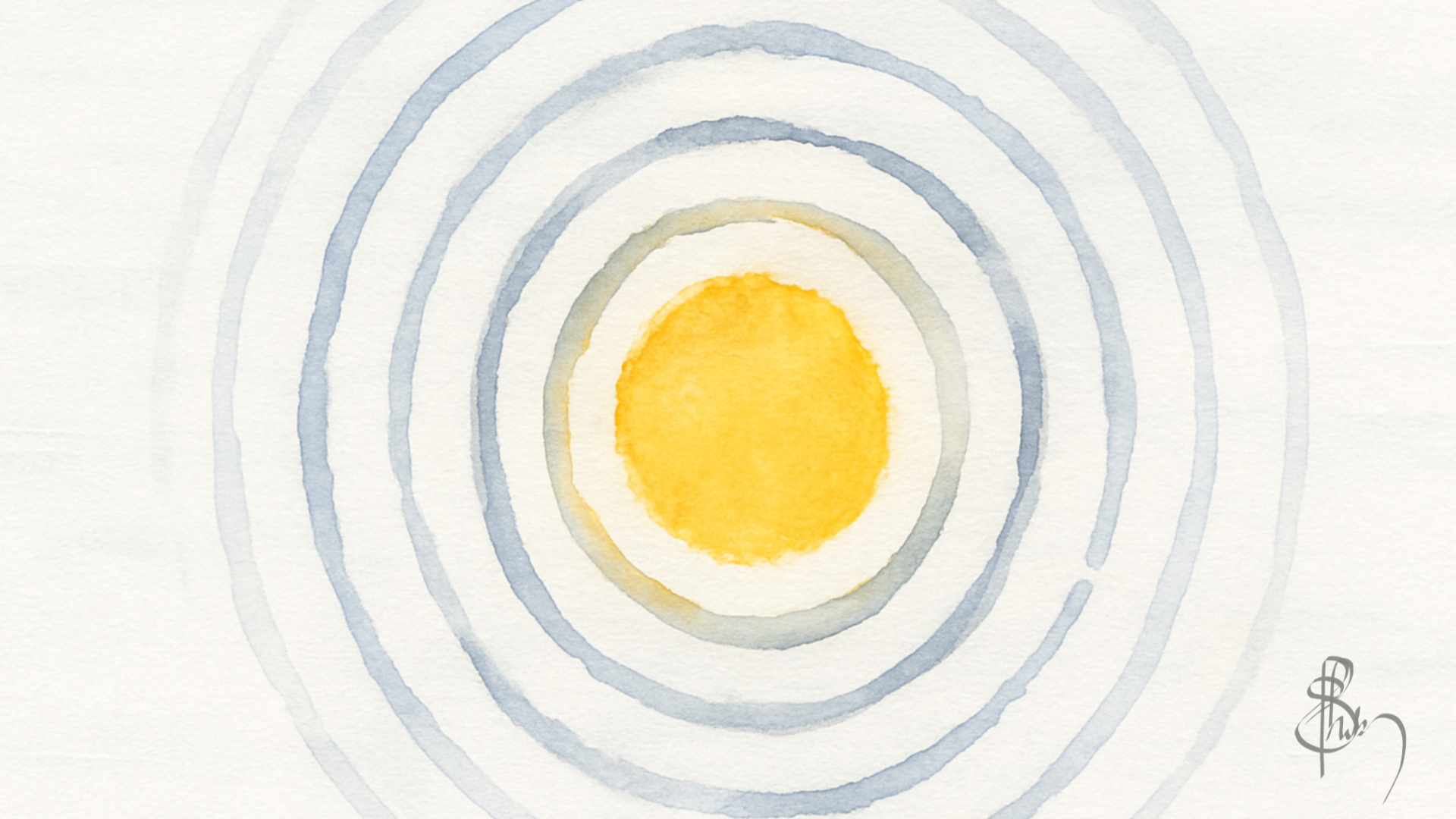How do you film a scene with just one camera? It is a process that is as complicated as sending a man to the moon that I can tell you in just four words, you move the camera. That is it! Bye.
Hi and welcome back. If you are new here I am Ashik Satheesh, the writer and director of Munnariv (2020), Kerala’s (India) first iPhone feature film. On this channel, we learn the intricacies of how to tell great stories and thereby make the world a better place, one story at a time. In this article, I will break down for you some of the misunderstandings an aspiring filmmaker has on how to film a scene with one camera.
If you want a video or podcast version of the same in Malayalam, check here.
What You See is Not What You See
One of the first things that you need to know if you are entirely new to the filmmaking process is that a one-minute scene on-screen might take anywhere from 1 to 5 hours to shoot. Many people who are absolute beginners think it is actually shot in just one minute. Well, it is not.
To take any shot you first have to set up the camera, lenses, actors, costumes and so on. After finishing one shot from one angle you then have to move all the lights and camera to another side and shoot from that angle. If you had followed the exercise we talked about in the How to Shoot a Scene article then you know how difficult this can be. Shooting a scene from various angles is a time-consuming process even if you have the budget to shoot using multiple cameras simultaneously.
What if I Film a Scene with One Camera in Just One Shot?
A very good thought indeed. Yes, you can skip all this hassle and film an entire scene with one camera in an unbroken shot. In fact, I have done it. We shot an entire 12-minute short film in just one unbroken take. You can watch it here.
The advantage of filming a scene with one camera in such an unbroken shot is that a one minute scene will take only one minute to shoot. That is, excluding the time required for rehearsal of actors, camera, props and so on to get the exact performance you desire. When you factor in those times as well then a one-shot scene might end up taking just as much time as filming the scene with one camera from various angles.
Adding onto that, a drawback of this method is that you are going to be limited in the performance you get out of your actors. Whichever performance they gave in that one shot is the only option you will have. Whereas when you are moving the camera and cutting between shots you can take the best performance of each actor. Somebody who does this subtly but brilliantly is Steven Spielberg. There is a brilliant analysis on how Spielberg uses single shots in his film by the YouTube channel Every Frame a Painting that I definitely recommend if you are looking into this.
How to Film a Scene with One Camera
Well, I’m not Spielberg and neither are you. Or are you? Na. So then let me tell you how you can actually film a scene with one camera. What you do is you:
- Split the scene into shots
- Take the first shot
- Move the camera to where you want the next shot to bee
- Take that shot and so on
- In the editing table cut out what you don’t need
And there you have a scene that flows smoothly from one shot to another. That is the gist of the whole process. It is easy when you do not have many shots. But the process gets really difficult when you have a lot of them. Let me tell you a story when missing one shot made a big difference in one of my works.
When Missing A Shot Made a Big Difference
In my award-winning short film Dhaarna, we missed taking one shot and missed conveying a crucial element to the audience. If you haven’t already seen Dhaarna you might want to watch it before reading further. It is a good short and I promise you it will be worth your time.
Liked it? Told you so. You might not have caught what we missed. The short as such is complete. But some audience members were left wondering why she was logging onto Facebook instead of calling her father directly. The answer was that she did not know anybody’s phone number by heart. How were you supposed to know that? It was through that one shot that we missed.
After she had lost her bags there was this shot where goes to a coin-operated pay-phone, picks up the phone and starts to dial, only to realise she doesn’t know anybody’s number. It was supposed to be just one shot, but we missed it because we couldn’t find a coin-operated payphone. That left a gap in the audience’s understanding of the character and the events that happened afterwards.
Conclusion
So to film a scene with just one camera you have two options:
- Shoot it entirely in one shot
- Split the scene into shots in preproduction, capture it all in production, and edit it together in postproduction
If you are going the second route then I definitely recommend signing up for my email newsletter to read the follow-up article. In it I am going to be sharing 2 methods you can use to plan a shoot and not miss even one shot. If I can do it, then you can too. Thanks for reading, and see you in your inbox.
Hey Aspiring Filmmaker,
I debuted my film career making a feature film for ₹5 lakhs ($7,000) on an iPhone. I’d like to help you do the same. So I wrote everything I learned into a book. It is now available on Amazon, called The Indian Indie Film (or Make Your Film for rest of the world). Enjoy!





